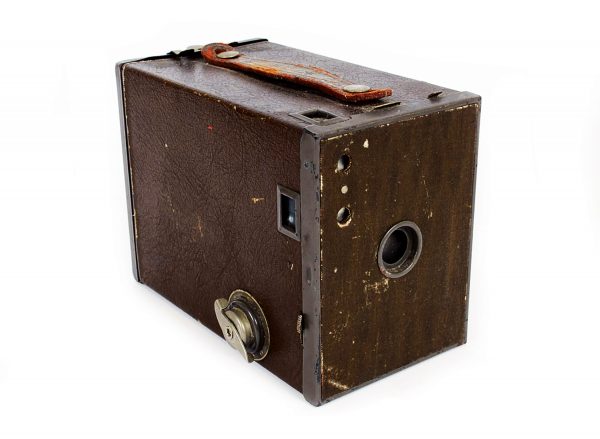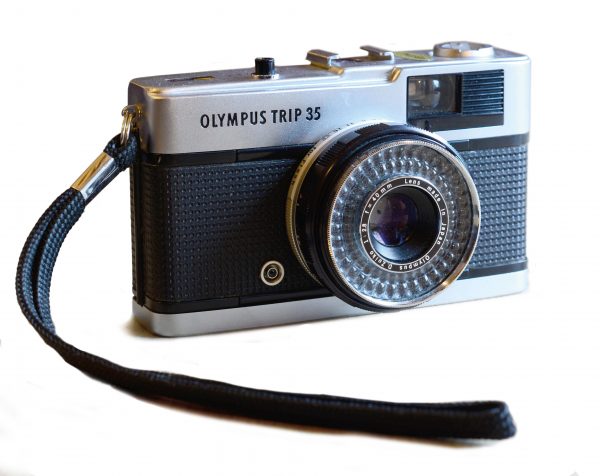Polaroid SX-70
A 70s design icon
The SX-70, produced by the Polaroid Corporation in 1972, was the first instant single-lens-reflex camera, as well as the first camera to use Polaroid’s integral print film which developed automatically after the exposure was made. “Just frame, focus and touch the red electric shutter button,” read the supporting advertising.
The SX-70 had a 116mm f/8 glass lens, allowed for manual focus as close as 264 millimetres, had a shutter speed range from 1/175 of a second to more than 10 seconds, came with a 10-exposure film pack and had a body that folded into a one-inch thick case.
In a film shot for Polaroid’s 1970 shareholders’ meeting, Polaroid’s founder Edwin H. Land, walks through an empty factory in Norwood, Massachusetts, that is to be fitted out to manufacture the SX-70 and other Polaroid products. He outlines his dream for the future of photography where cameras aren’t only “grand machines for a grand purpose,” but also something which may be as accessible as the leather wallet he pulls out of the breast pocket of his beige trench coat.
We are still a long way, says Land, from a camera that would be “like the telephone, something that you use all day long, whenever an occasion arises… a camera which you would use not on the occasion of parties only, or of trips only, or when your grandchildren came to see you, but a camera you would use as often as your pencil or your eyeglasses.”
In the end, Land did more than create an icon of the ‘70s and a camera which still has a cult following today; it would seem he also saw into the future.













